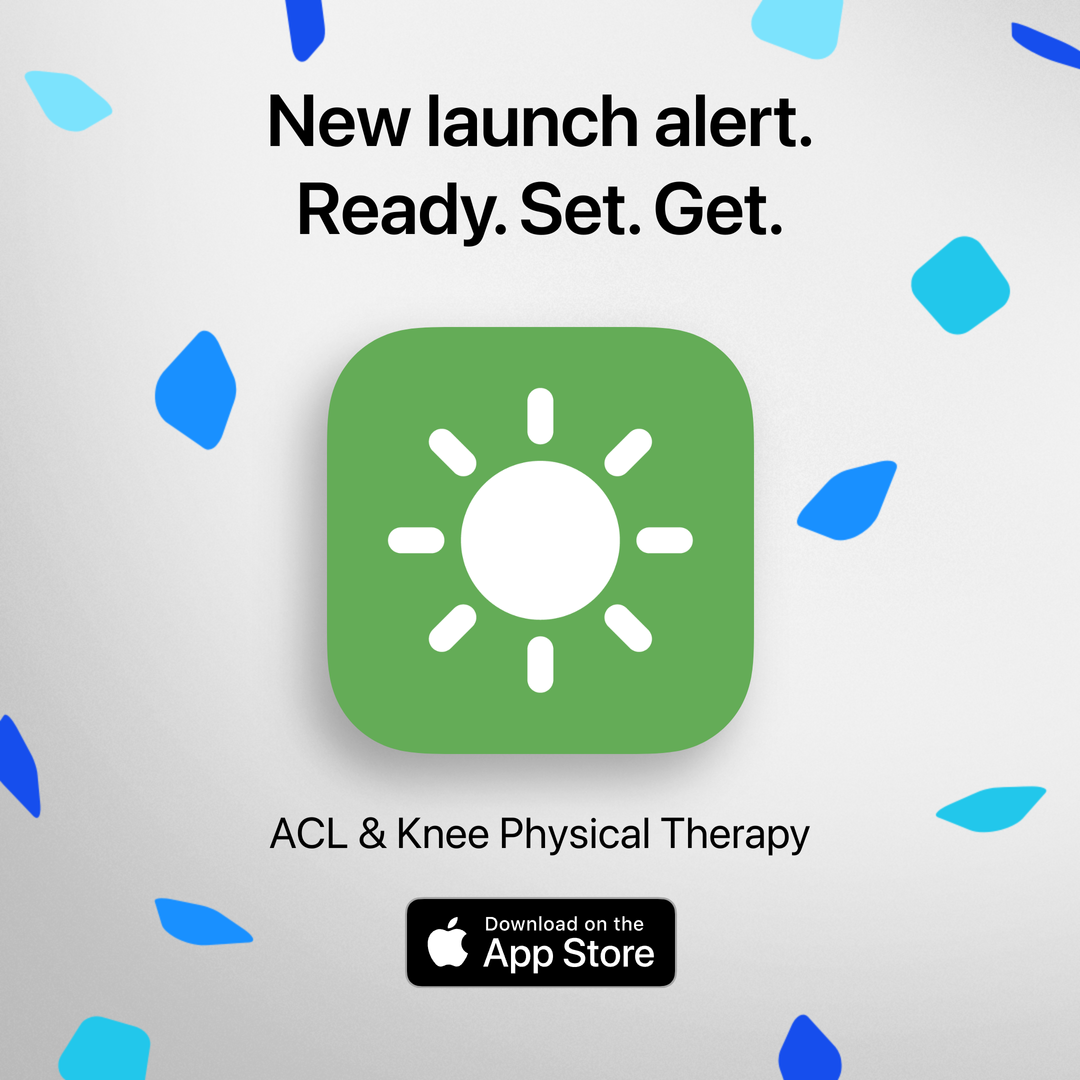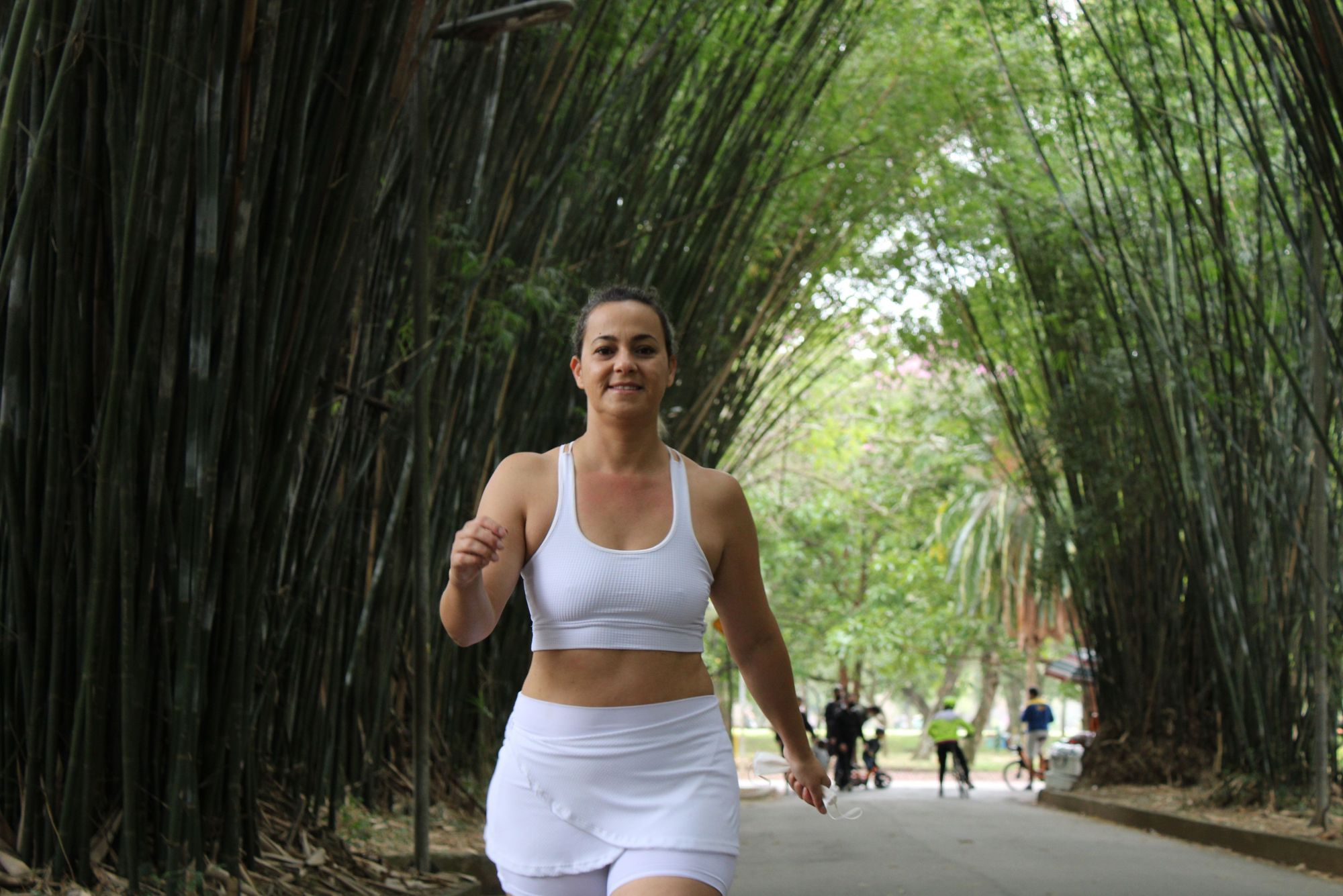Image by elpidio costa junior via Canva
Generally, you should be able to resume most normal activities of daily living, such as walking or climbing stairs, 3-6 weeks after surgery.[1] However, the speed and success of your recovery after your knee replacement will largely depend on listening to your surgeons instructions, working hard at your daily prescribed exercises, using your assistive device if you have been prescribed one, taking care of your wound and going to and working hard at your physical therapy sessions.
1) Understanding Your Weight-Bearing Status
To help your recovery process it is important that you understand your weight-bearing status. Weight bearing status is how much weight your physician has said you can place on your operated leg. This status can be classified under four categories: [2]
- Non-weight bearing - which means no weight is allowed on the operated leg and you must keep your operated leg off the floor.
- Feather weight bearing - which means the toe of your operated leg can touch the floor for balance only but is not allowed to hold any weight.
- Partial weight bearing - which means up to half your weight can be placed on your operated leg.
- Weight bearing as tolerated - which means you can put most of your weight on the operated leg.
Your weight bearing status is important as it impacts the activities your healthcare team will allow you to participate in as well as the assistive devices they will recommend you use. It is important that you adhere to the limitations associated with your weight-bearing status to ensure the most optimal recovery outcomes. If you have been asked to use a walker after your surgery watch this video to learn how to use a walker safely.
For more information on activities you can do and activities you should avoid after a knee replacement, check out this blog.
2) Using Assistive Devices

Assistive devices can play an important role in optimizing your recovery journey. Here are four assistive devices that you may find helpful to optimizing your recovery: [3]
- Long shoe horns to help you put on your shoes.
- Walkers, canes and crutches to help with your walking and movement.
- A reacher to help you pick up things from the floor.
- Install grab bars in your shower to allow you to steady yourself while in the shower. There is some helpful information about showering after a knee replacement here.
Assistive devices are important as they prevent excessive strain to the operated area and maximize your own safety during the rehabilitation process.
3) Wound Care
After surgery your wound will generally be covered with an adhesive dressing. Leave this dressing in place for two weeks, after which time your physician will likely remove it for you at your post-operative appointment. It is also important for you to not submerge the wound in water for the first 6 weeks after your surgery.[4] This does not mean you cannot shower! You should use some sort of watertight dressing to cover your wound during your showers.
Your knee will likely be inflamed after the surgery. Inflammation is when an area becomes red, hot, swollen and likely painful. Inflammation generally peaks 48 hours after surgery. Icing your knee has shown to decrease pain and swelling. After the initial 48 hours following surgery, ice your knee for 20 minute intervals 3-5 times per day for the first 3-4 weeks after surgery.[4] To learn more about wound care after knee repalcement surgery read our previous blog.
4) Physical Therapy
Lastly, one of the most important components to speeding up the recovery process is attending your physical therapy sessions. At these physical therapy sessions you can expect:[5]
- A graduated walking program that builds your strength and mobility, progressing from in your home to outside.
- Specific exercises with the goal of restoring knee movement, strength, balance and coordination to your knee.
Options for your physical therapy include inpatient and outpatient rehabilitation. Inpatient means that your rehabilitation will take place in a facility where you will also live during treatment. Inpatient rehabilitation following a knee replacement is not very common in Canada and the UK, but it is commonly used in Australia, Switzerland and the US. Studies have shown that inpatient rehabilitation does not yield superior results compared to other forms or rehab however it costs much more than outpatient rehabilitation. On the other hand, outpatient means you are not necessarily living in the facility you are receiving your treatment.
Options for outpatient rehabilitation include the following:[5]
- Telerehab - which is the delivery of rehab services through telecommunication networks such as the internet. Curovate offers video physical therapy appointment - read about it on our website.
- One-to-one clinic based therapy - where you will be in the clinic receiving one-on-one care from a physical therapist.
- Home-based therapy - where a physical therapist will come to your home.
- Group therapy - where a physical therapist will deliver care to a group of individuals.
Conclusion
Recovery speed can vary greatly amongst different individuals. Generally you will be able to resume most activities of daily living, such as walking and climbing stairs by 3-6 weeks. You can optimize your recovery outcomes by adhering to limitations associated with your weight bearing status, using the appropriate assistive devices, taking care of your wound properly and attending your physical therapy sessions. As always, consult with your healthcare provider before making any final decisions.
If you are recovering from a knee replacement or are awaiting your knee replacement, Curovate has developed an app to help you with your recovery journey. Download the Curovate physical therapy app to get started with your knee replacement recovery at home with video guided physical therapy exercises, progress tracking, and the ability to measure your knee range of motion. Click on the app download links below!
If you need further customized assistance during your knee repalcement recovery check out our Virtual Physical Therapy page to book your 1-on-1 video session with a physical therapist.


Blogs related to knee replacement
- 6 Things You Need to Know After A Total Knee Replacement
- What is the Recovery Timeline for a Total Knee Replacement
- Should I Put Off My Total Knee Replacement Surgery? What are my Other Options?
- Physical Therapy Advice After Knee Surgery to Keep Up with your exercises Part 1
References
4. Hess RW. General Post-Operative Instructions Total Knee Replacement.







